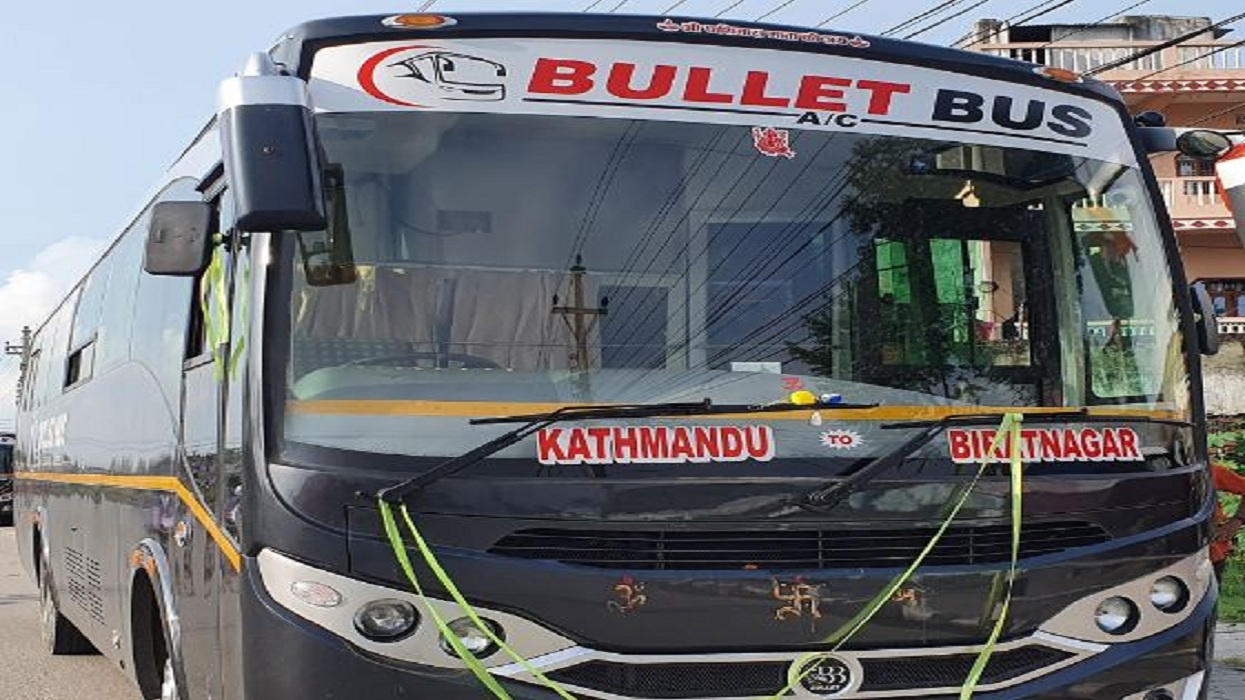Education: A key tool in preventing snakebites in rural areas
Raising awareness and providing essential knowledge about snakebites can empower rural communities to protect themselves and reduce the number of incidents.

KATHMANDU: Snakebites remain a significant public health issue in rural areas, particularly in regions where agricultural activities and human settlements overlap with snake habitats.
Despite the high mortality and morbidity rates associated with snakebites, one of the most effective methods of prevention is education.
Raising awareness and providing essential knowledge about snakebites can empower rural communities to protect themselves and reduce the number of incidents.
Threat of snakebites in Rural Areas
Rural areas, especially those near forests, agricultural fields, or rivers, are particularly vulnerable to snakebites. According to the World Health Organization (WHO), an estimated 5.4 million snakebites occur globally each year, leading to around 100,000 deaths and up to 400,000 cases of permanent disability.
In rural areas, the majority of these incidents happen due to increased interaction between humans and snakes, as rural livelihoods often involve working outdoors or in environments where snakes are present.
In many rural communities, access to healthcare is limited, and medical facilities are often hours away. The lack of knowledge about how to deal with snakebites can turn a potentially treatable injury into a fatal one. This is where education becomes paramount in mitigating the risks.
Role of education in snakebite prevention
Education about snakebite prevention serves several vital purposes. Through awareness campaigns, school programs, and community training, rural populations can gain the skills and knowledge needed to reduce snakebite incidents and respond effectively in emergencies.
Raising awareness
The first step in addressing snakebites is raising awareness. Many rural people may not be familiar with the species of snakes in their region, nor do they know which ones are venomous.
Informing them about common local snakes and their behaviors can reduce unnecessary fear and help them avoid dangerous situations.
Community awareness programs can also include educating people on the best times of day to be outside and which areas to avoid, especially during the rainy season when snakes are more likely to be active.
This knowledge can prevent many bites, especially among children, who are more likely to be outdoors and unaware of the dangers.
Promoting safe practices
In rural settings, the use of personal protective equipment is often a simple yet effective way to reduce the risk of snakebites. Educational programs can teach people to wear long boots, thick gloves, and long pants while working in fields or walking in areas where snakes are common.
Additionally, communities can be trained on how to clear brush and maintain their living spaces in ways that make it less likely for snakes to inhabit the area.
Teaching people to avoid walking barefoot in rural areas, especially at night, and advising them to use a walking stick while navigating fields or tall grasses can also significantly reduce the risk of snakebites.
First aid knowledge
One of the most important educational aspects in preventing deaths from snakebites is teaching basic first aid. Rural communities often face delayed access to medical treatment, and in such cases, knowing how to handle a snakebite situation can make a critical difference.
Education programs can teach people the dos and don’ts of snakebite first aid. For example, people can learn to stay calm, keep the affected limb immobilized, and seek immediate medical attention. Misconceptions, such as attempting to suck out venom or applying tourniquets, are dangerous practices that education can help eliminate.
Collaboration with local leaders & health workers
Effective snakebite education also involves collaboration with local leaders, community health workers, and healthcare providers.
These trusted individuals can act as conduits for spreading information and ensuring that snakebite prevention messages reach a wide audience.
Local health workers can be trained to recognize symptoms of snakebites and provide first-line treatment until the patient can be transported to a medical facility.
Building sustainable solutions
In addition to education, building sustainable solutions for snakebite prevention in rural areas requires ongoing support. This includes strengthening healthcare systems in remote areas by ensuring that antivenoms are readily available, and healthcare workers are trained to handle snakebite cases effectively.
Moreover, it is essential to establish monitoring systems that track snakebite incidents, identify high-risk areas, and develop targeted interventions for those regions.
Way forward
While much progress has been made in increasing awareness of the dangers of snakebites, there is still work to be done. Governments, non-governmental organizations (NGOs), and local communities must collaborate to create a long-term strategy for snakebite prevention, with education at its core.
Continued investment in education can significantly reduce the number of snakebites and fatalities in rural areas.
As more people become aware of the risks and take steps to protect themselves, the threat of snakebites can be minimized.
With education, rural communities can take control of their safety and health, reducing the heavy toll of snakebites that has persisted for far too long.









